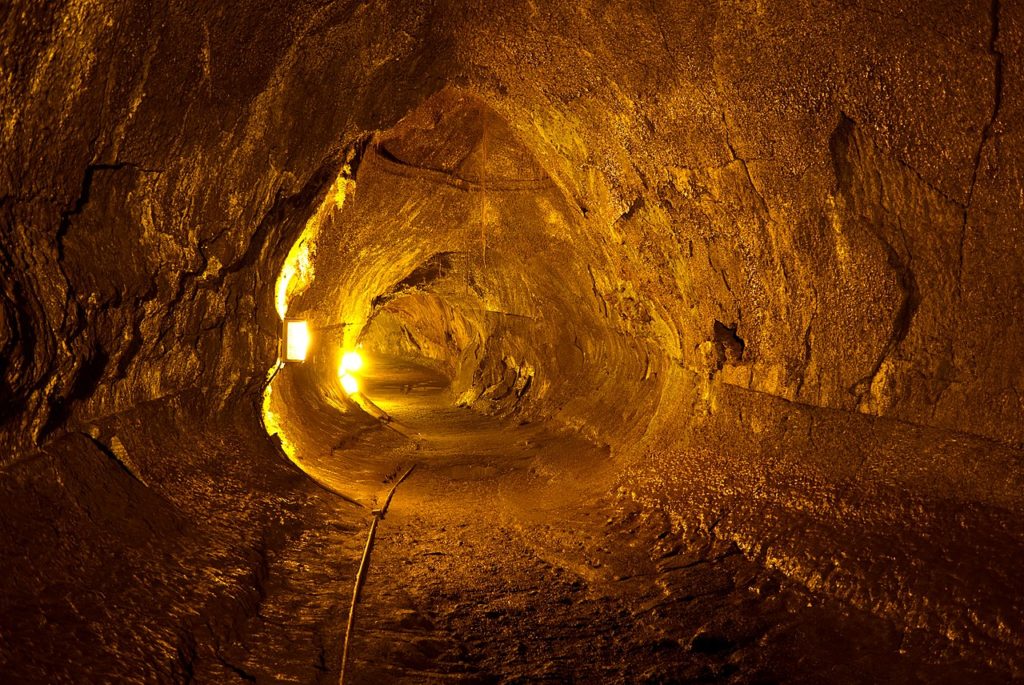
“Mars is bombarded with radiation. Without a protective magnetic shield and a thick atmosphere like Earth’s, radiation from space has a nearly unimpeded path to the Martian surface. Our machines can roam around on the surface and face all that radiation with impunity.
But not humans. For humans, all that radiation is a deadly hazard.
How can any potential human explorers cope with that? Well, they’ll need shelter. And they’ll either have to bring it along with them or build it there somehow.
Or maybe not. Maybe they could use natural features as part of their protection.
A new study using data from Mars Science Laboratory (MSL) Curiosity has uncovered how Mars’ natural landscape features can provide some shelter from radiation. Specifically, it shows how Martian buttes provide protection from high-energy particles from space.
The study is titled “Directionality of the Martian Surface Radiation and Derivation of the Upward Albedo Radiation” and it’s published in Geophysical Research Letters. The lead author is Guo Jingnan from the University of Science and Technology of China.
When MSL Curiosity landed on the surface of Mars in 2012, it carried in its payload an instrument called the Radiation Assessment Detector (RAD).
RAD is about preparing for future human visits to Mars. It detects and measures harmful radiation on Mars that comes from the Sun and other sources. It can also assess the hazard that radiation poses to any microbial life that may be extant on Mars. RAD is about the size of a toaster and sits unobtrusively on Curiosity’s top surface.
One of the areas MSL studied with RAD is the Murray Buttes region. The Murray Buttes region is on lower Mt. Sharp in Gale Crater. Curiosity was there primarily to study geology, especially the sandstone features and a type of layering called “cross-bedding”.
But while there, RAD kept gathering data. And that data showed a drop in surface radiation.” sciencealert.com
https://www.sciencealert.com/these-martian-features-could-serve-as-natural-radiation-shelters

Even the moon is pure hell on the body. I assume that would be the first step; live on the moon for a while. See how that works out.
How useful Mars actually is ?
Yes relatively soon we’ll be able to get there and build some kind of limited presence, but what then ? It is a desolate, inhospitable place.
Mankind landed on the Moon many decades ago, but once that was accomplished not much happened on the Moon.
Maybe I just lack imagination but without a much better way of getting around in space, all this Mars talk is of very limited use.
We need fundamental scientific breakthroughs: fusion energy, antigravity, much better battery technology, stronger/lighter materials etc.
Maybe one day some aliens will feel sorry for us and give us some useful tech.
I have been working with a brilliant engineer (nuclear physicist) who has recently managed well received work for NASA on thermal nuclear space propulsion (NTSP). He has a proprietary and patented NTSP technology that is an offshoot of other related technology he has invented that is currently in an early stage demonstration process at LLNL’s WIC program. A prominent nuclear physicist who has been vetting this core technology commented on a slide from a public presentation for NASA that included his NTSP technology who noted this information would support a three month vs. three year trip to Mars. So whatever we may want to do on Mars may be much closer.
Joe100,
I’d like to hear more about that NTSP project if you can tell us more. Sounds like the same propulsion system Roscosmos is using in their space tug. That one already has most components built and is expected to fly from the Moon to Venus and on to Jupiter in 2030. It uses a nuclear power plant to power electric ion engines. China is using electric ion engines on their new space station for station keeping. I’m sure they’re moving in the same direction.
Almost forgot. Here’s a link to the posting I did a while back on the Russian space tug.
https://turcopolier.com/russia-plans-to-launch-a-nuclear-powered-spacecraft-that-can-travel-from-the-moon-to-jupiter-ttg/
BTW, the Thurston Lava tube was re-opened last March after being closed for pandemic last year.
One thing I recently came across is that the dust on the moon is like glass with no wind and water to round it off. It would scratch the face lenses of astronauts when they tried to wipe it. Mars doesn’t have that problem I assume but still, the freakin dust is insane. How can anything work properly with that level of dust. The constant cleaning of equipment, filtration systems…meh. Nobody talks about this problem. Nevermind all the other remedial tasks just to stay alive; exercise, food, mental health. I just don’t see how it’s possible with current technology other than another “we did it” flag. Still a ways to go. A space station with a shuttles seems more viable. Go for brief tour then recover on the space station.
I’m sure Musk is thinking long and hard on establishing a subsidiary of his Boring Company on Mars. I bet most of his first colonists will be Boring Company employees.